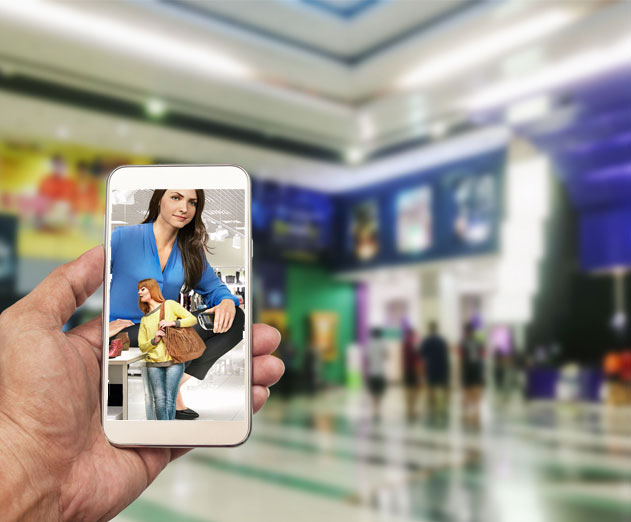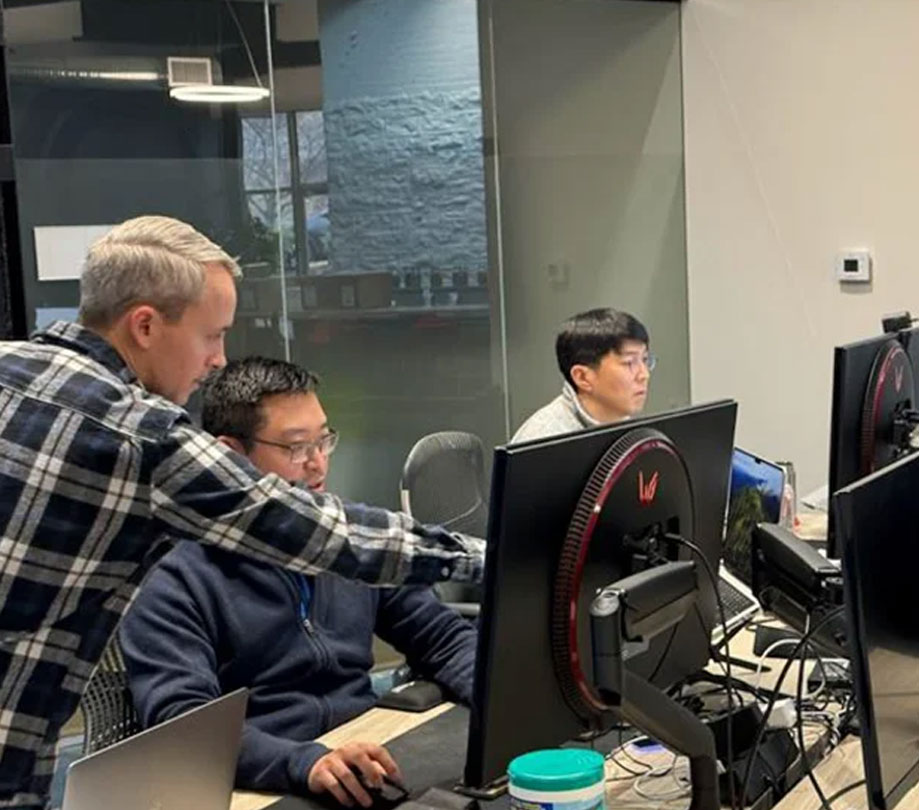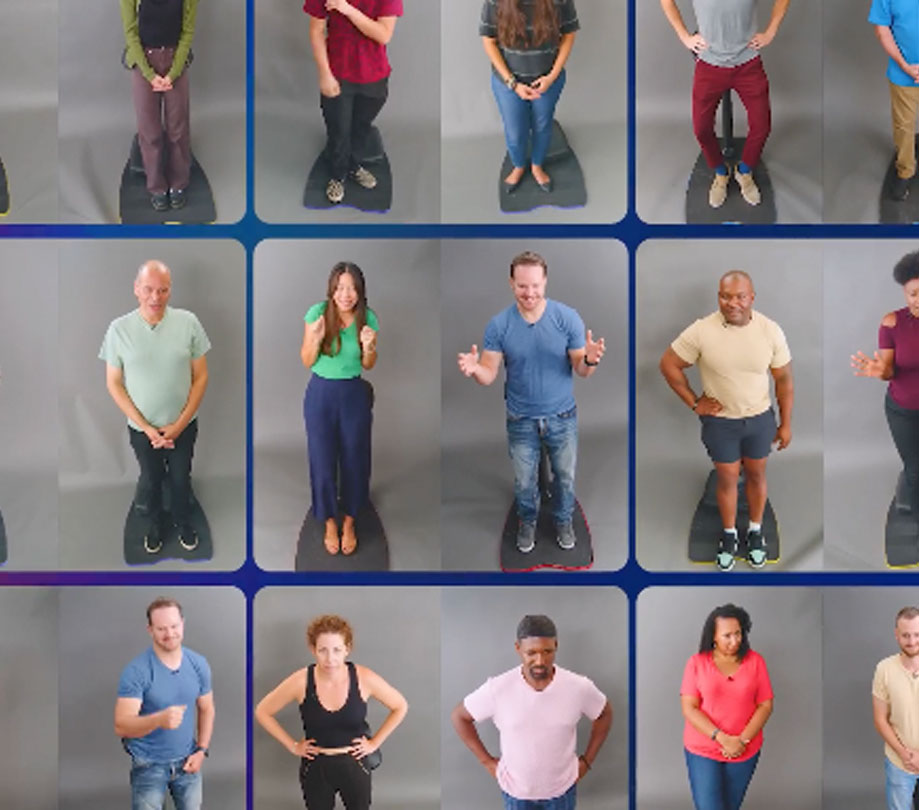Android
Discussing Android OS in the Enterprise With Zebra Technologies
Tuesday, September 6, 2016

|
Richard Harris |
We recently spoke with Bruce Willins, engineering fellow at Zebra Technologies, to discuss the versatility and power of the Android OS and how it’s used at an enterprise level in retail, manufacturing, supply chain and more.
ADM: Who is Zebra Technologies and what does the company do?
Willins: At Zebra, we make businesses as smart and connected as the world we live in. Our solutions are used by 95% of Fortune 500 companies based on our vertical expertise in manufacturing, healthcare, T&L and retail along with our culture of innovation including mobile computing, RFID and data capture, barcode and card printing, cloud-based device management as well as location and motion sensing.Our Enterprise Asset Intelligence solutions give customers operational visibility to gain crucial business, market and customer insights. We empower our customers with visibility that’s visionary by providing smarter, more visible environments that help them optimize today, plan for tomorrow and see into the future.
ADM: Most people think of Android just being using in smartphones and tablets. How does Zebra take advantage of the Android OS and what is it used for?
Willins: Enterprise customer expectations have changed. They want a contemporary OS that offers the best of both enterprise and consumer features. Zebra quickly realized that Android - with 80 percent of the worldwide mobile OS market share and great extensibility - was a perfect fit. With Android, Zebra has been able to extend enterprise-grade management, security and performance to the world’s leading mobile OS.
ADM: On an enterprise level, what advantages does Android have over Windows CE/Windows 10?
Willins: Android has both strategic and tactical advantages. With 80% of the worldwide smartphone shipments Android brings in extensive development and diagnostic tool support, a familiar UI/UX to end users, a vast pool of accessible programmers, numerous off-the-shelf applications, and significant innovation. Because Android is so extensible, vendors can provide added APIs to enhance management and security policies, migrate the OS to multiple platforms (everything from wearables to tablets to kiosks) and select the best System on a Chip (SoC) processor for each specific application.
On the other hand, Windows CE is reaching the end of its lifecycle. In April 2016, Microsoft ended mainstream support for the latest CE version (CE7). As a result, support for legacy applications is starting to diminish, new applications are not targeting CE, and the lack of new security protocols support (e.g. TLS1.2) is becoming a significant issue.
Windows 10 Mobile is a comprehensive mobile OS platform but may be overkill for traditional CE applications. It is also relatively locked-down so customer extensions often demanded by enterprise users are not likely. There are also some questions about the long-term viability of the OS based on its current marketshare (under 1%).
ADM: Why should companies care about OS migration now?
Willins: First, Microsoft has taken both Windows Mobile (WM 6.5/WEH 6.5) and CE (CE7) off mainstream support. App migration can take considerable time and customers must recognize that legacy WM/CE applications will not run on Win10Mobile. Other factors driving customers to migrate sooner rather than later include: diminishing ISV application support, missing new security protocols (e.g. TLS 1.2, SHA-2) and the desire to take advantage of contemporary OS features for improved employee satisfaction and productivity.
Q5: Tell us about your Android-built Mobility DNA.
Willins: Zebra’s Mobility DNA software ecosystem represents a broad suite of productivity applications, effortless application development tools and utilities that allow businesses to maximize the return on investment (ROI) of their mobile computing deployments while minimizing complexity, risk and capital expenses.
For a developer, that can mean using profiles in our Enterprise Mobility Development Kit (EMDK) to simplify their app development. For end users, it can be as simple as finding new ways to trigger a barcode scan on an all-touch device. Finally, for IT administrators it’s about improving the security and manageability of their mobile deployment and the device logistics (e.g. device staging).
Some of the tools in the Mobility DNA suite include:
- App Gallery – an enterprise mobile app marketplace that allows businesses to efficiently manage and control the use and deployment of mobile apps on Zebra’s Android-based mobile computers.
- SimulScan Document Capture – Allows users to simultaneously capture multiple bar codes, high-res photos, signatures and populate standardized forms with the push of single button – streamlining business operations, improving customer service and providing better real-time business intelligence.
- Workforce Connect PTT Pro – A network and device-agnostic voice solution that integrates VoIP telephony, PTT and Enterprise Messaging under a single mobile user experience which improves the way workers interact and collaborate.
- All-Touch Terminal Emulation (TE) – Updates legacy TE green and monochromatic screens into modern, graphics-based screens without requiring IT to modify back-end systems.
ADM: E-commerce is obviously an important part of retailers today, but how are your products helping productivity and efficiency in brick and mortar stores and warehouses? Does mobile computing and IoT come into play?
Willins: E-commerce, omnichannel and Buy Online Pickup In Store (BOPIS) are just a few trends driving changes in retail. In all cases, these trends are driving more shipments, the need for more precise, real-time inventory controls and the need to increase the speed and quality of order fulfillment. Zebra’s solutions capture and generate the data intelligence that leads to better decision making through technologies like RFID, barcode printing, mobile computing, data capture, location and motion sensing.
ADM: How have employees (millennial vs. older generations) reacted to using Android in the warehouse?
Willins: We have seen extremely positive responses in some cases where businesses are using touch devices like our new TC8000 and experiencing better ergonomics, increased productivity and a more contemporary user experience.


Other customers are running Terminal Emulation on our traditional MC9000 family of mobile computers running Android. Thus the hardware is the same and since traditional TE ISV’s are now supporting Android, the applications are familiar. Of course even in these instances users find the Android experience easy to navigate since it mimics their personal smartphone.
ADM: What other enterprise-level applications could you see Android being used for?
Willins: As an operating system, Android represents a foundation for enterprise-class applications. It’s now proven itself in all major verticals; retail, transportation & logistics, healthcare, manufacturing, government, and education. It has even met stringent regulatory requirements ranging from PCI DSS for retail point-of-sale to FIPs for government cryptographic modules. Because all of Zebra’s Android devices are built on Android Open Source Project (AOSP) and validated to Android Compatibility Test Suite / Compatibility Design Document we can assure complete standard Android application compatibility. I’m not aware of a formal statistic on the number of enterprise Android applications, but currently Google Play Store has more than 2.2 million applications. Zebra devices have worked with a vast array of Android-based vertical applications ranging from proof of delivery to retail inventory management to warehouse management and patient care.
ADM: What other trends are you seeing in OS migration, particularly from an enterprise level?
Willins: No matter how far we’ve come, customers continue to ask for new features and functions. The ability to extend the OS is crucial and a problem on Win10 Mobile and iOS. Every week we receive feature requests from customers which we selectively incorporate into our Mobile Extensions (Mx). These are then presented to Google as candidates for incorporation into AOSP.
Second we see customers increasingly looking to associates in their product evaluations. Associates often want a user experience consistent with their personal devices and with 80% marketshare that often means Android.
Finally and perhaps most important is an enterprise lifecycle. Several years ago we went through the “shiny object period.” Customers were enamored with trendy consumer devices and expected to refresh their portfolio every 18-24 months. They quickly realized this was not practical. Today it’s about efficiency and productivity and reducing TCO by extending the platform lifecycle. This means not only being able to buy and service hardware, but also to have access to extended software support and security updates. For customers that desire to do so, they can keep many of the Zebra devices in service for 5 or more years.
Read more: http://appdevelopermagazine.com/partner/link/?ref=

Become a subscriber of App Developer Magazine for just $5.99 a month and take advantage of all these perks.
MEMBERS GET ACCESS TO
- - Exclusive content from leaders in the industry
- - Q&A articles from industry leaders
- - Tips and tricks from the most successful developers weekly
- - Monthly issues, including all 90+ back-issues since 2012
- - Event discounts and early-bird signups
- - Gain insight from top achievers in the app store
- - Learn what tools to use, what SDK's to use, and more
Subscribe here









